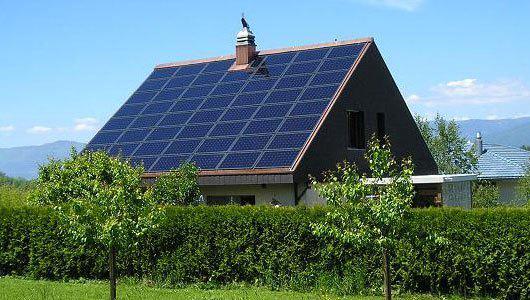German Solar Power
According to German’s Solar Industry Association, the nation’s solar power systems collectively generated 18 billion kilowatt hours of clean electricity during 2011. The Association says this represented enough power to supply the electricity needs of around 5.1 million households – over half the number of households in Australia and an incredible achievement given German solar power resources are far less than Australia. The major driver of the jump in solar generation was a combination of price increases for oil and gas in Germany and the sharply falling cost of solar components. The Association says the cost of German solar power system has dropped by more than half since 2007, even though solar rebates have reduced by the same amount. Solar energy currently accounts for around three percent of German electricity consumption. By 2020, its share is expected to grow to around ten percent. However, the Association warns this will only occur in a politically stable environment in terms of incentives and support for the industry. The future of German solar power appeared to become even more important in the middle of 2011 after the German government announced an end to nuclear power in the nation by 2022. Even so, the nation’s solar manufacturing industry faces an uncertain future. While cheap solar components have benefited the end user, German solar power is facing competition from imported solar panels and inverters and has seen some of its manufacturers shutter operations and the threat of more cutbacks to incentives is having a further dampening effect. Germany leads many other countries in the uptake of solar power thanks to its pioneering efforts in feed in tariffs. In 1991 the German government introduced the world’s first feed in tariff program that paid a premium for electricity produced by a solar power system. It wasn’t until nearly 17 years later before the first Australian state offered a similar initiative.
by Energy Matters



